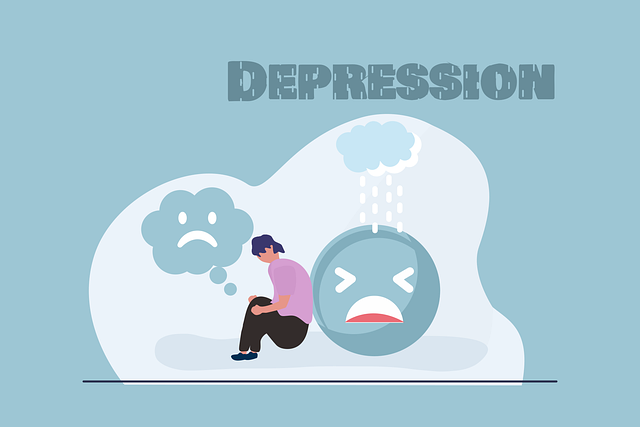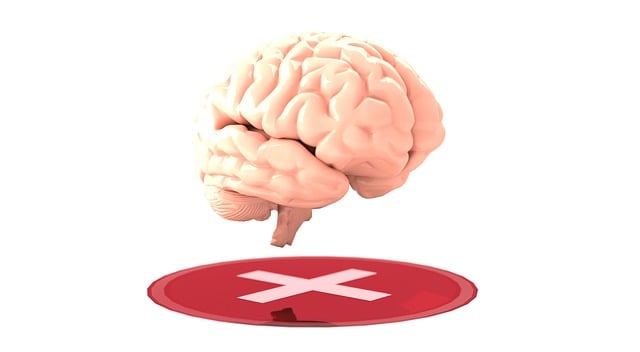In Longmont, mental health policies are transforming chronic pain therapy by integrating psychological support into primary care, funding specialized programs, and improving risk assessment. Gaps exist in tailored services for chronic pain management, with only a few providers like Longmont Chronic Pain Therapy addressing this. Advocacy is crucial to improving access to mental health services through public awareness campaigns, highlighting successful programs, and promoting holistic approaches like support groups and mindfulness exercises. Policy changes have led to increased insurance coverage for specialized therapy, enhancing chronic pain management and mental wellness in the community.
Mental health policy plays a pivotal role in shaping access to care, especially for chronic pain patients. This analysis delves into the impact of current policies in Longmont, Colorado, examining their effect on chronic pain therapy and highlighting resource gaps. By analyzing existing mental health care systems, we identify strategies for advocacy, aiming to improve services for those struggling with chronic pain. We present case studies showcasing successful policy changes, offering insights into a more inclusive and effective mental health landscape for Longmont’s community.
Keywords: Longmont chronic pain therapy, mental health policy, access to care
- Understanding Mental Health Policy and its Impact on Chronic Pain Treatment in Longmont
- Analyzing Existing Policies: A Look at Resources and Gaps in Longmont's Mental Health Care System
- Advocacy Strategies for Improving Access to Mental Health Services for Chronic Pain Patients
- Case Studies: Successful Mental Health Policy Changes and Their Effect on Longmont's Community
Understanding Mental Health Policy and its Impact on Chronic Pain Treatment in Longmont

In Longmont, mental health policy plays a pivotal role in shaping access to chronic pain therapy services. Effective policies can ensure that individuals suffering from chronic pain receive comprehensive care that addresses both their physical and psychological needs. This includes initiatives focused on integrating mental health support into primary care settings, as well as funding for specialized programs tailored to managing chronic pain with a holistic approach. Such policies not only enhance the quality of life for Longmont residents but also reduce the economic burden associated with chronic pain management by preventing exacerbations and promoting better long-term outcomes.
The impact of these policies extends beyond improved treatment, touching upon key aspects like risk assessment for mental health professionals, who are increasingly expected to identify and manage comorbid conditions. Mental health education programs design plays a crucial role in equipping healthcare providers with the skills needed to deliver culturally sensitive care. Additionally, promoting mental wellness through journaling exercises can empower individuals to take an active role in managing their chronic pain by enhancing coping mechanisms and building resilience. These multifaceted approaches collectively contribute to creating a more supportive environment for Longmont Chronic Pain Therapy.
Analyzing Existing Policies: A Look at Resources and Gaps in Longmont's Mental Health Care System

In analyzing Longmont’s mental health care system, a thorough examination reveals both robust resources and notable gaps. The city boasts several established institutions offering a range of services, including specialized clinics for youth and adults, inpatient facilities, and community-based programs. These entities provide essential support in areas such as crisis intervention, therapy, and case management. However, the current landscape exhibits a critical dearth of focused services tailored to specific mental health challenges like chronic pain. While Longmont Chronic Pain Therapy has emerged as a niche provider, the overall system could benefit from more integrated care models that address this prevalent issue alongside other psychological ailments.
Moreover, the existing resources often lack comprehensive approaches to fostering resilience and coping mechanisms through evidence-based practices such as Compassion Cultivation Practices and Self-Awareness Exercises. Although some organizations include elements of these techniques in their programs, there is room for expansion and standardization. Additionally, initiatives aimed at boosting self-esteem improvement are scattered, leaving room for a more coordinated effort to ensure that all residents have access to holistic mental wellness solutions.
Advocacy Strategies for Improving Access to Mental Health Services for Chronic Pain Patients

Advocacy plays a pivotal role in enhancing access to mental health services for chronic pain patients. One effective strategy involves public awareness campaigns that educate both the general public and healthcare providers about the complex interplay between chronic pain and mental health. These initiatives can dispel myths, reduce stigma, and foster understanding, leading to improved referral patterns and integrated care. By highlighting success stories of Longmont Chronic Pain Therapy programs, such campaigns can inspire hope and encourage individuals to seek help without hesitation.
Moreover, advocacy should focus on Inner Strength Development and Positive Thinking as tools for empowering patients. This includes promoting resilience-building techniques, coping strategies, and mindfulness practices that can complement traditional treatments. Through support groups, workshops, and educational resources, advocates can facilitate the development of positive thinking patterns, enhancing patients’ ability to manage their chronic pain and associated mental health challenges. Such holistic approaches not only improve access but also contribute to better overall well-being for those navigating the complexities of chronic pain.
Case Studies: Successful Mental Health Policy Changes and Their Effect on Longmont's Community

In recent years, Longmont has witnessed significant improvements in its mental health landscape, largely attributed to successful policy changes and advocacy efforts. One notable example involves initiatives aimed at expanding access to Longmont Chronic Pain Therapy. By implementing policies that reduce barriers to treatment, such as increased insurance coverage for specialized therapy services, the community has seen a surge in individuals receiving much-needed support for chronic pain management. This, in turn, has led to improved mental wellness journaling exercise guidance and anxiety relief programs within local healthcare facilities.
These policy advancements have fostered a culture of self-awareness exercises, encouraging residents to prioritize their mental health proactively. Through collaborative efforts between healthcare providers, community organizations, and policymakers, Longmont has transformed into a model for successful mental health advocacy. This shift has not only benefited individuals struggling with chronic pain but also promoted overall mental wellness throughout the community, demonstrating the profound impact of policy-driven initiatives.
In conclusion, this analysis of mental health policy in Longmont highlights the crucial need for comprehensive support systems, particularly for individuals suffering from chronic pain. By addressing resource gaps and advocating for improved access to mental health services, we can significantly enhance the quality of life for Longmont’s chronic pain patients. The successful case studies presented demonstrate that targeted policy changes can foster a more inclusive and effective mental health care environment, ultimately benefiting the overall well-being of the community.














